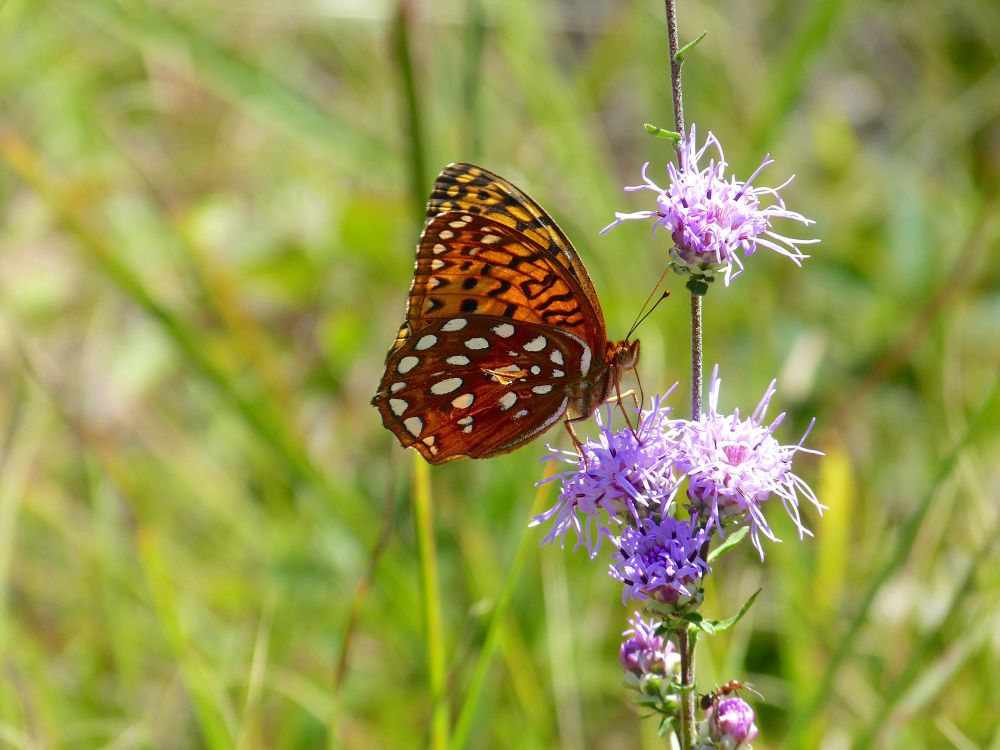Riccardo Pernice
@riccardopernice.bsky.social
12 followers
39 following
1 posts
#Ecologist | #Mountainbiodiversity | #PhDstudent @sciencecharles.bsky.social| #Datavalidator @Ipsos
Posts
Media
Videos
Starter Packs
Reposted by Riccardo Pernice
Reposted by Riccardo Pernice




